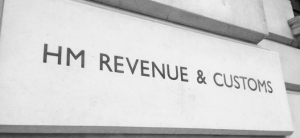
Business rates, which are also called non-domestic rates, are important business costs. When you are planning the finances of your business, you need to take into account business rate payments. It is also vital that you work out exactly how much you will have to pay.
What are non-domestic rates?
According to the government, business rates are payable on most non-domestic properties. This includes premises such as shops, pubs, factories, and offices. It is likely that you will need to pay business rates even if you only use part of a building. Some properties are exempt from business rates, including farm buildings.
How do business rates work?
It is important that you understand how business rates affect the profitability of your business venture. By securing Tewkesbury business advisory services, such as those provided by https://www.randall-payne.co.uk/services/accountancy/tewkesbury-accountants, you can budget accordingly and will not get any nasty shocks. It is also important that your rateable value is correct and you are not paying too little or too much. An expert business adviser can help with this. There may also be relief schemes to which you are entitled.
Local councils are responsible for collecting business rates. You will receive a bill in February or March each year. It is also important to note that business rates are paid by the occupier of a property; however, the bill could be addressed to a tenant or a landlord, as some landlords include a charge for business rates within the rent.
Who sets the value of business rates?
Business rates are set by the government. There is a special department within His Majesty’s Revenue and Customs (HMRC) that will calculate the rateable value of your premises. As a rough guide, this value is in line with the yearly rent the property would have attracted if it had been let on the open market on a particular date. It is possible to challenge the rateable value if you believe it is incorrect. This applies to England and Wales, with business rates handled differently in Scotland and Northern Ireland.


